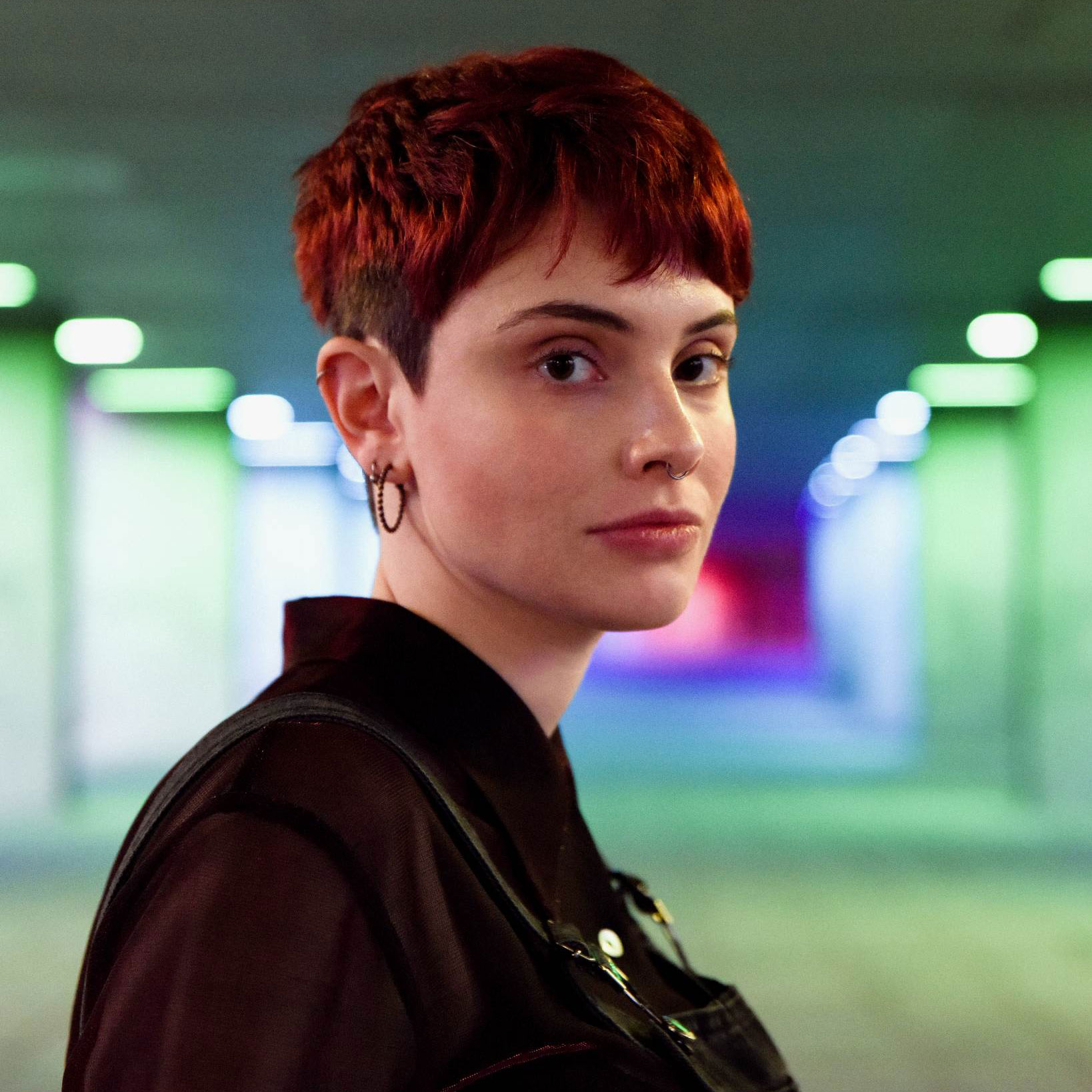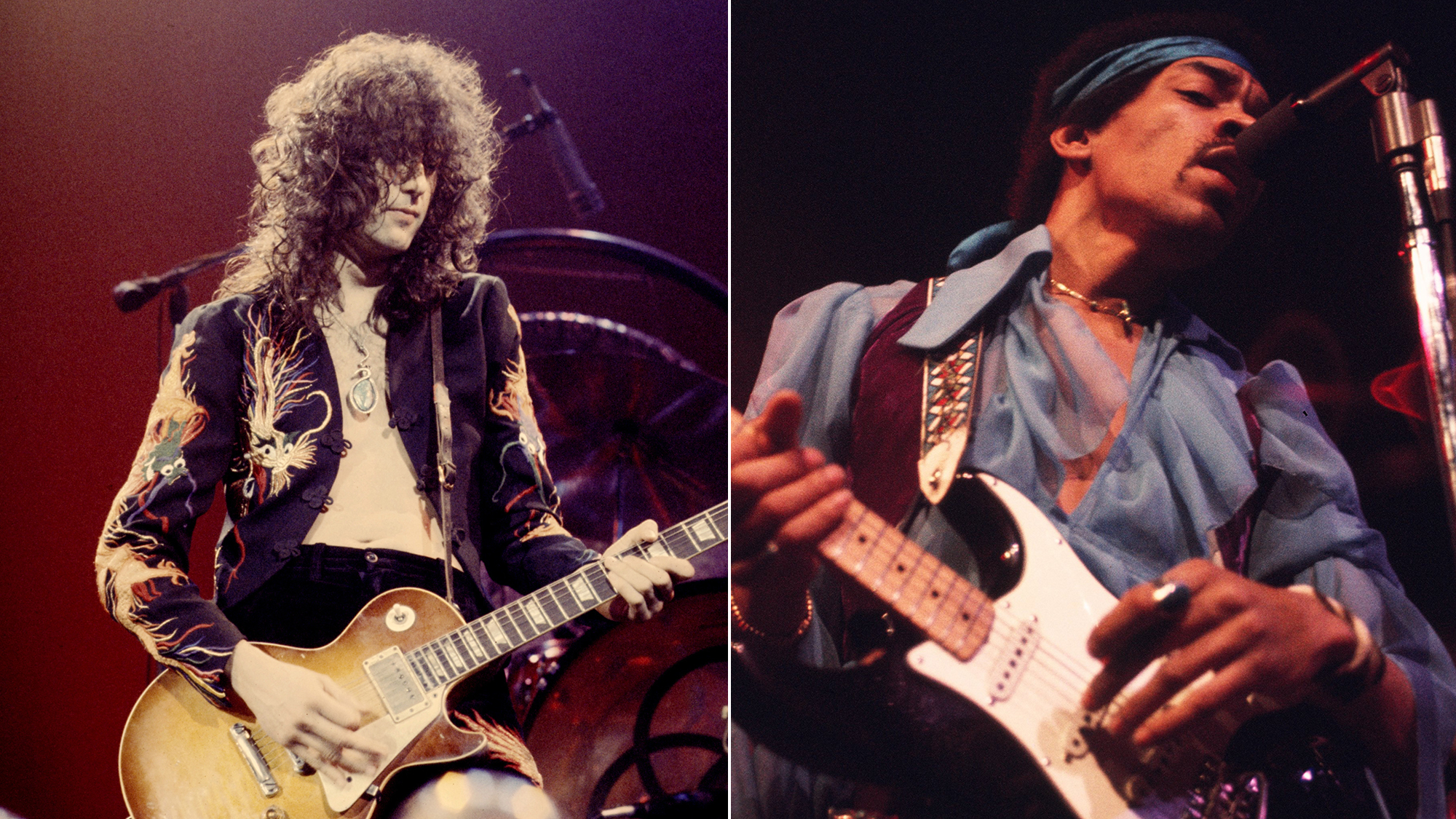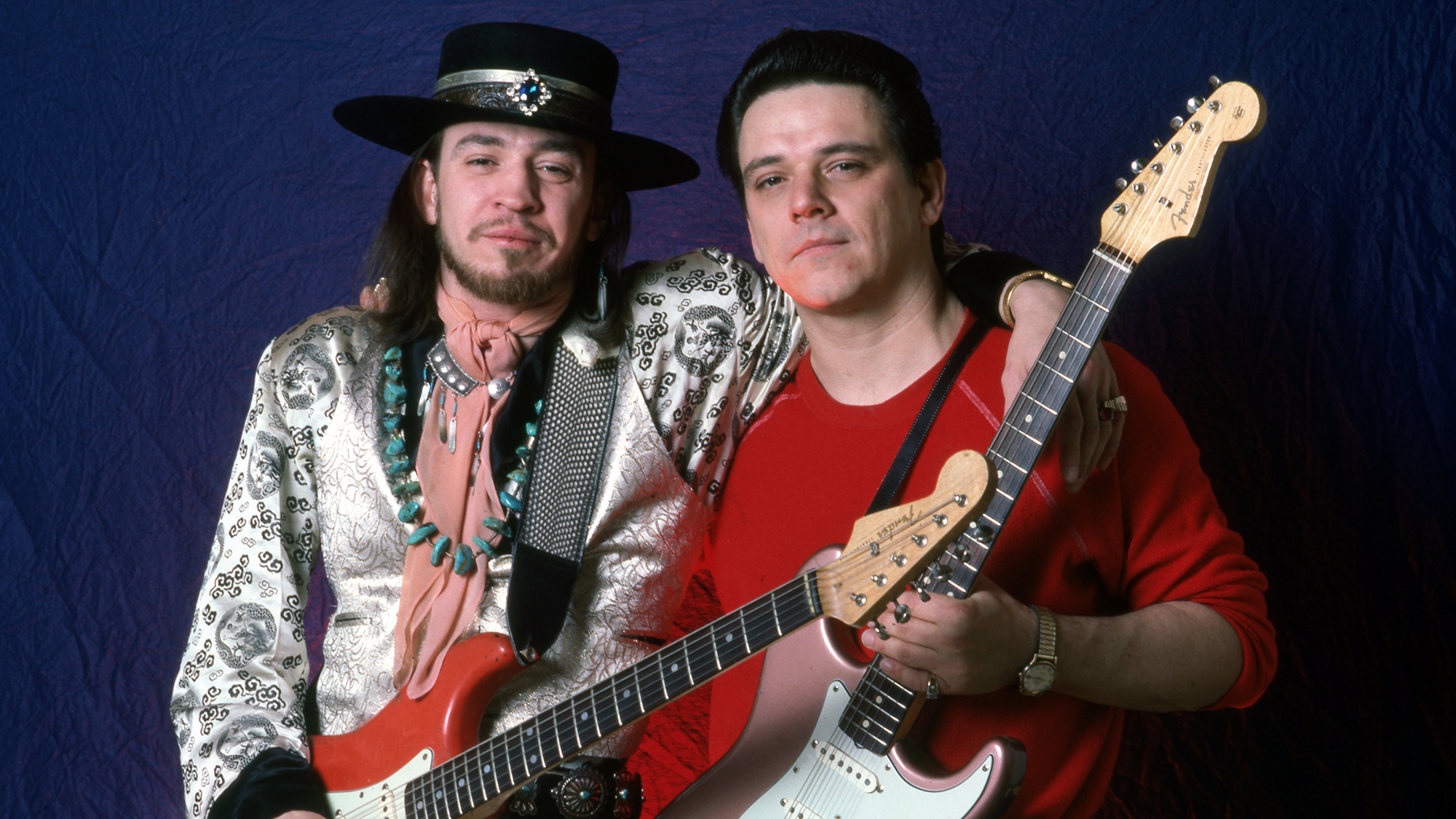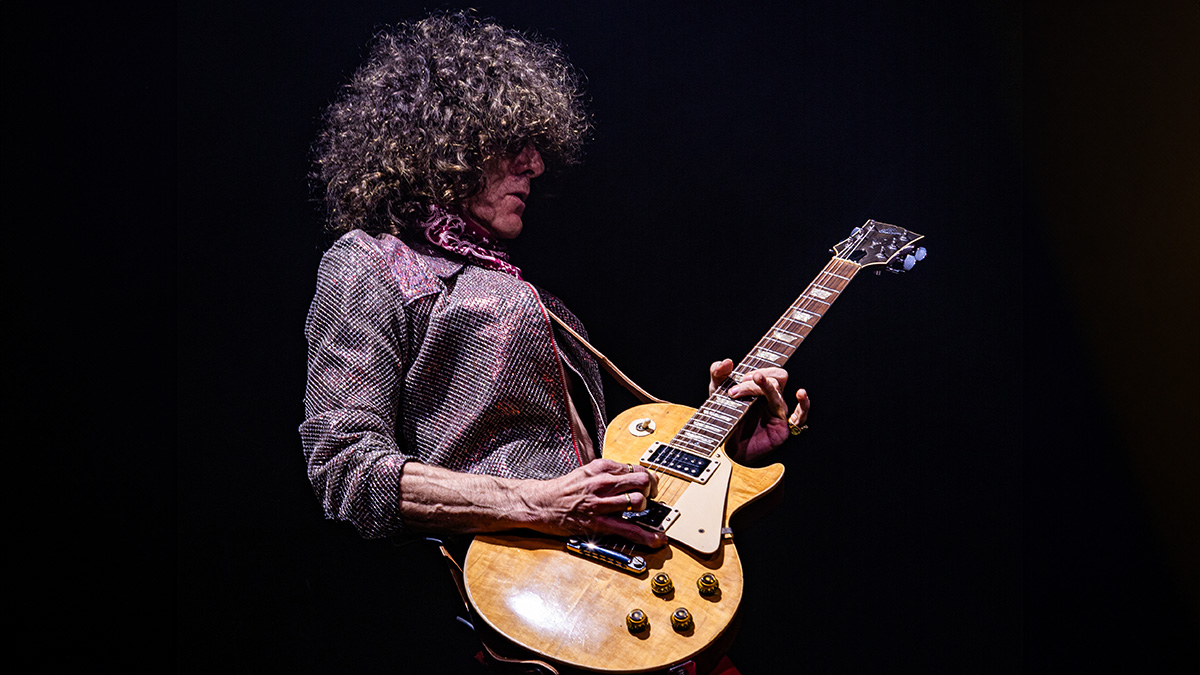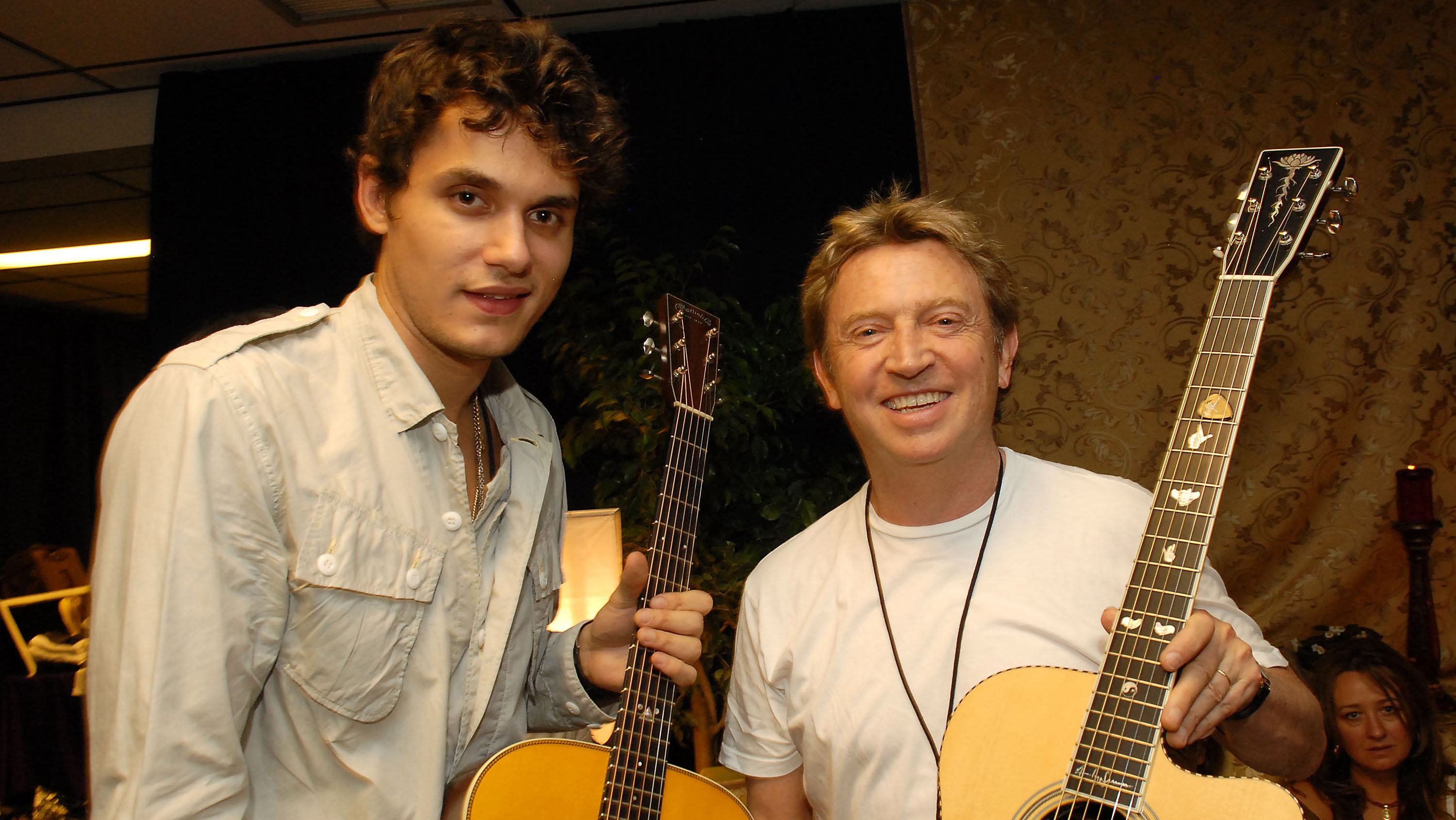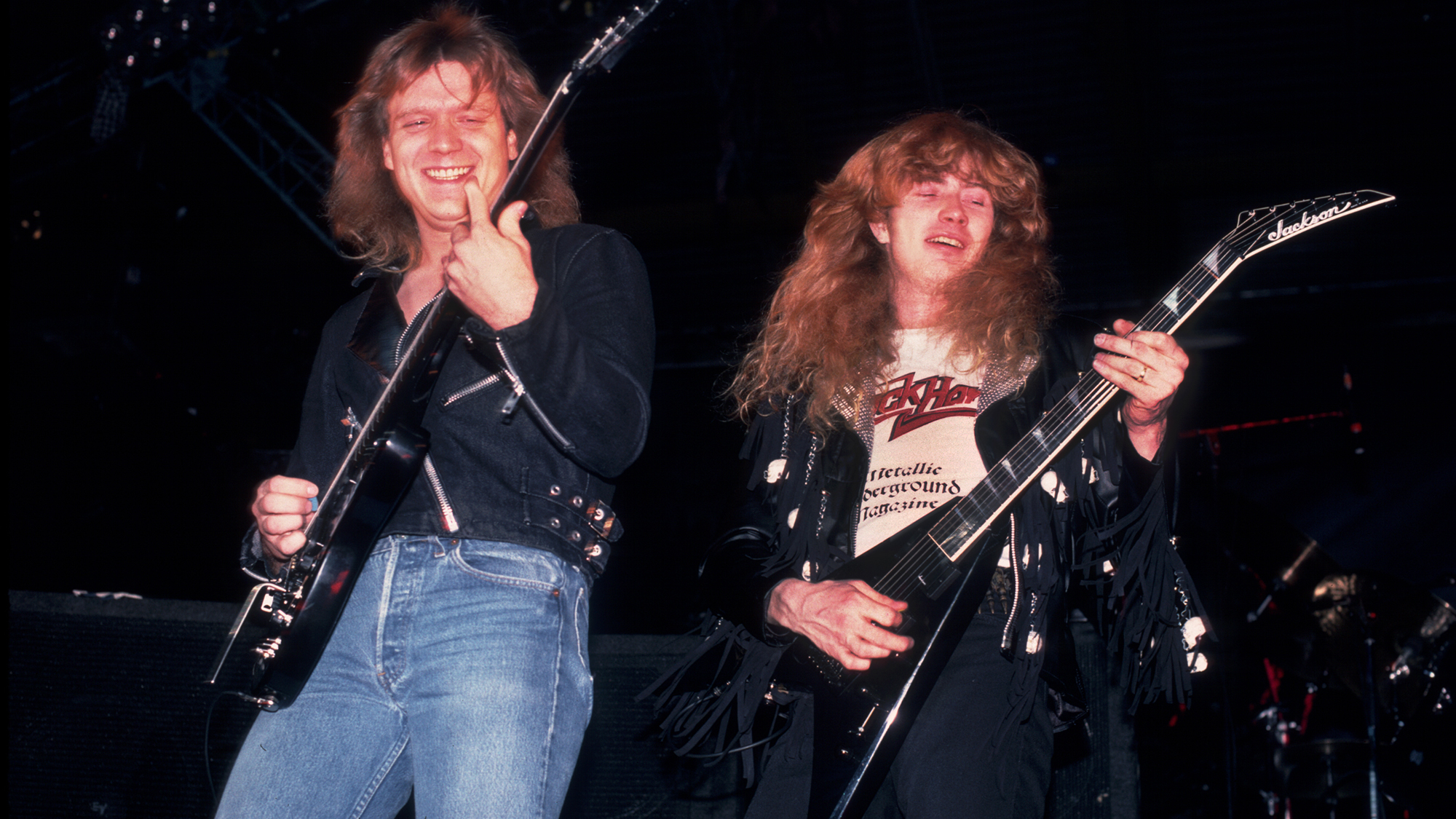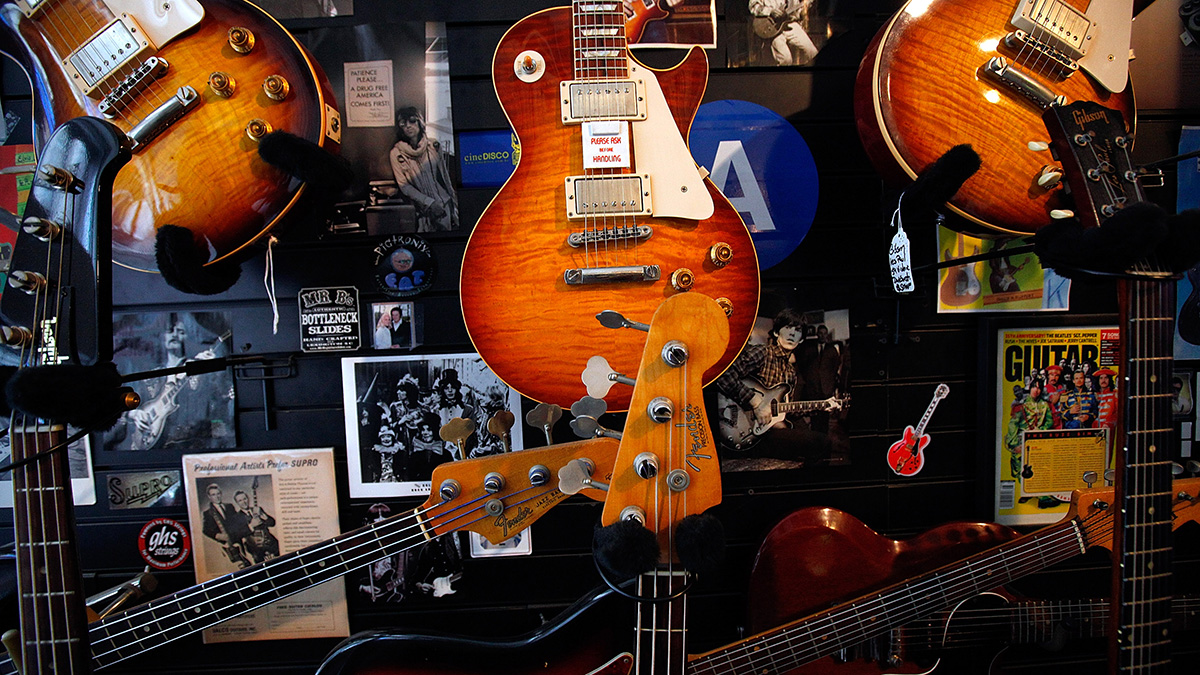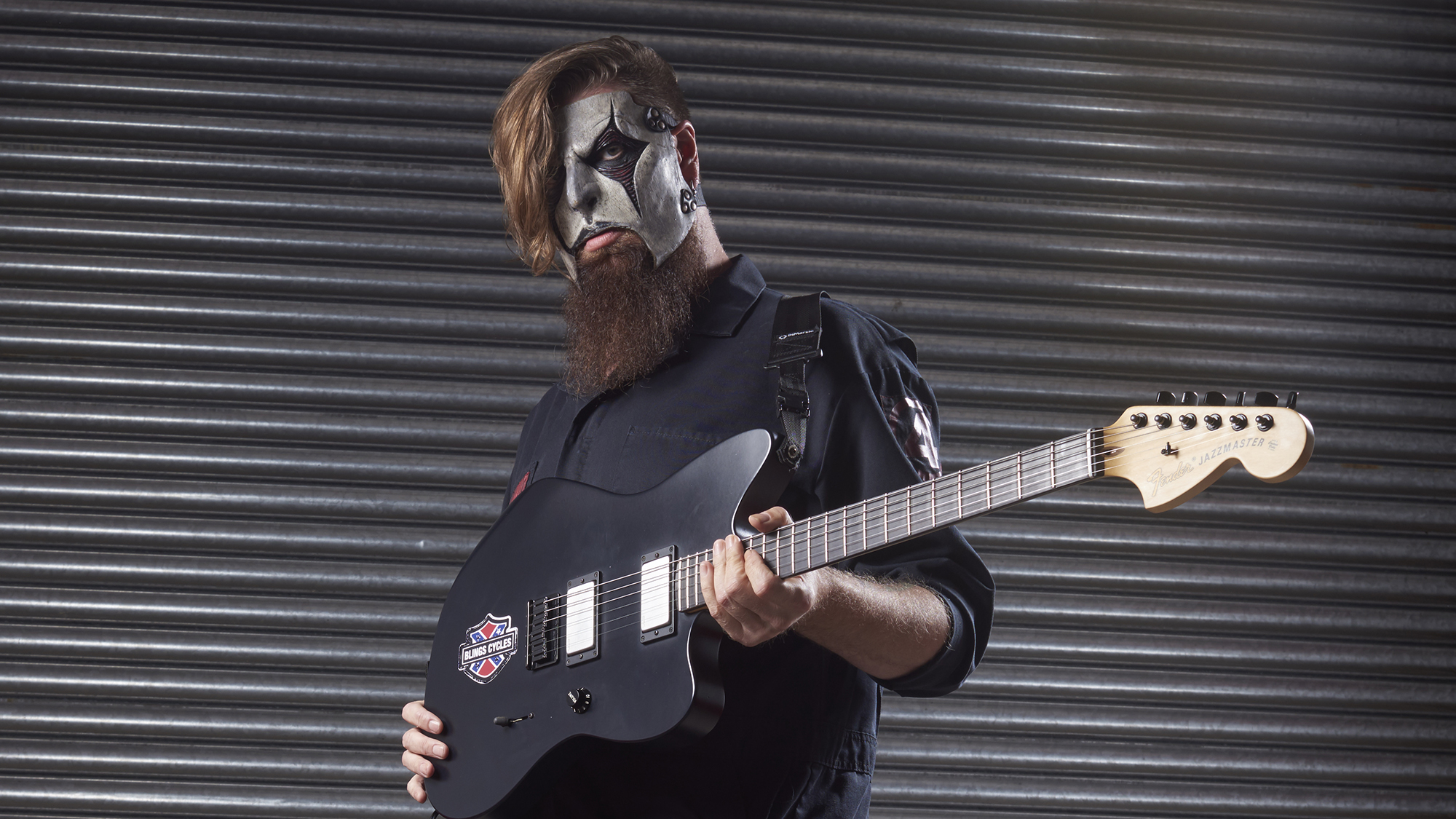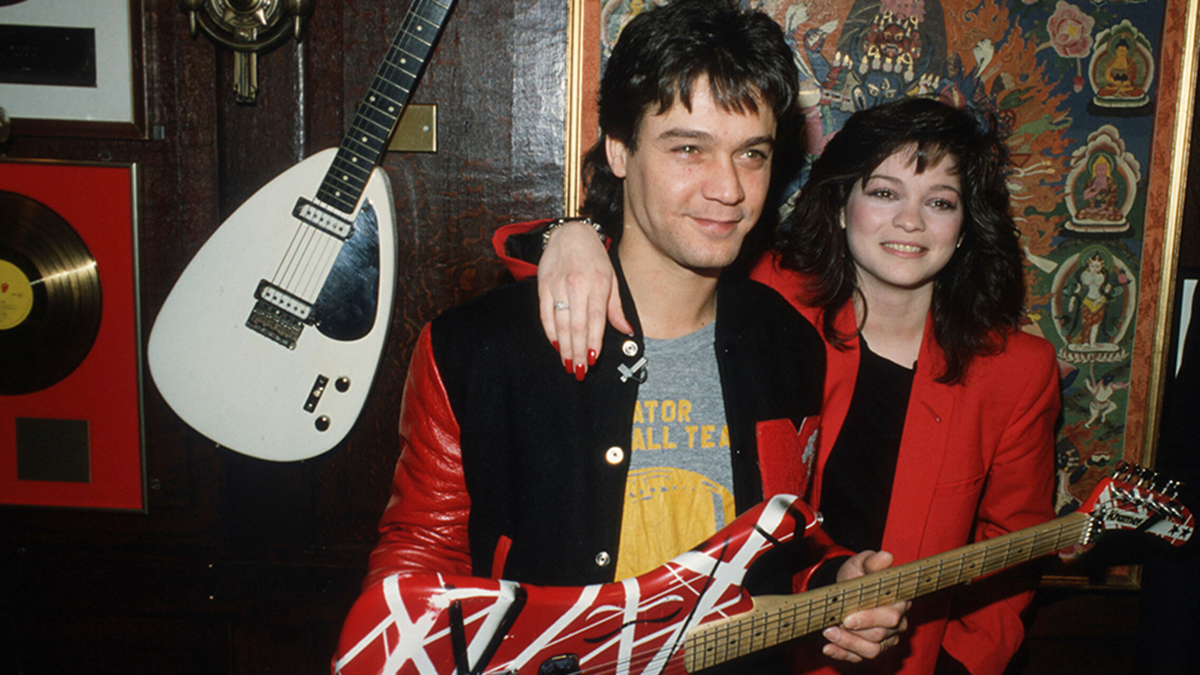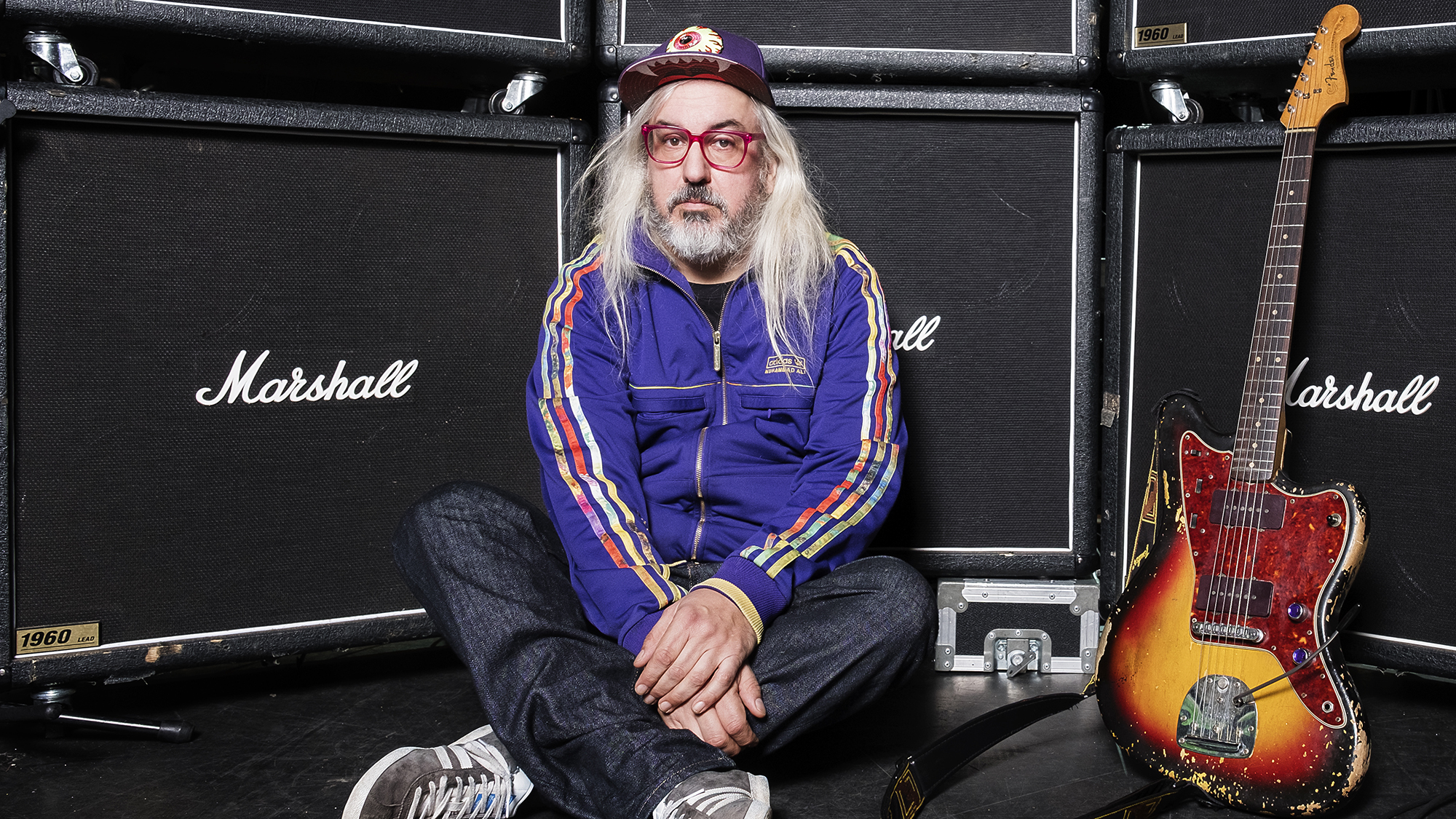“People say, ‘You’re playing the guitar on your lap, you learned from Guitar Hero.’ But it’s taken years to figure out how to write complex compositions”: Yasmin Williams brings lap-tapping and double-neck guitar to late-night TV with Colbert performance
Williams pushes the boundaries of the Gibson EDS-1275 with a compositionally rich, lap-tapping showcase of her skills
Tapping maestro Yasmin Williams treated The Late Show with Stephen Colbert audience to a mesmerizing performance of Nectar – fresh from her new album, Acadia – on an Alpine White Gibson EDS-1275.
The track sees Williams lay the double-neck guitar on her lap and deliver a masterclass in tapping, crafting an ethereal and dreamy composition rich in texture and layers – and certainly not lacking in technical intricacy.
While her earlier outings and debut album, Unwind, placed her alongside percussive fingerstyle guitarists like Andy McKee and Kaki King, her sophomore record, Urban Driftwood, thrust her into the folk/bluegrass realm.
Fast-forward to Acadia, and Williams continues to showcase her versatility, producing the album and collaborating with 19 guest musicians – including King.
Speaking to Guitar World in 2021 about her journey to lap-tapping, Williams credited the acoustic guitar for developing the technique that is now inextricably linked to her playing style.
“I think pretty early on, maybe a year or a year and a half after starting. I took lessons for a few months, mainly just blues and rock stuff. Then my teacher showed me Blackbird by The Beatles. I just loved using my fingers and stopped using a pick after that,” she explained.
“My teacher was like, ‘What happened?! I can’t really teach you any more fingerstyle because I’m not that kind of player!’ So I quit that. I didn’t like lessons anyway – I didn’t like being told what to do. I was a stubborn kid, I guess.
Get The Pick Newsletter
All the latest guitar news, interviews, lessons, reviews, deals and more, direct to your inbox!
“After that, I played acoustic exclusively, which led to lap-tapping. I find writing songs a lot easier that way, because on acoustic I’m not trying to emulate anyone or anything. I wasn’t playing covers or in anyone else’s style – I was just playing what I wanted to play.”
As for her ever-expanding and ever-abstract pieces, as showcased in Acadia, Williams insists that, beyond stretching her range of technique, it ultimately all boils down to good composition.
“For me, composition is the thing that gets lost,” she told Bandcamp. “People will say, ‘Oh, you’re playing the guitar on your lap, you learned from Guitar Hero,’ whatever. But it’s taken a bunch of years to figure out how to write complex compositions confidently. And to be a confident player and to be more aware of the nuances of the compositions.
“To be okay with silence, for example, to not try to show off. Just trying to be in service of the music. I hope it’s apparent that I can do that now. Talking about techniques is great, but for me, they’re just a means to an end.”
Janelle is a staff writer at GuitarWorld.com. After a long stint in classical music, Janelle discovered the joys of playing guitar in dingy venues at the age of 13 and has never looked back. Janelle has written extensively about the intersection of music and technology, and how this is shaping the future of the music industry. She also had the pleasure of interviewing Dream Wife, K.Flay, Yīn Yīn, and Black Honey, among others. When she's not writing, you'll find her creating layers of delicious audio lasagna with her art-rock/psych-punk band ĠENN.
You must confirm your public display name before commenting
Please logout and then login again, you will then be prompted to enter your display name.
“It was tour, tour, tour. I had this moment where I was like, ‘What do I even want out of music?’”: Yvette Young’s fretboard wizardry was a wake-up call for modern guitar playing – but with her latest pivot, she’s making music to help emo kids go to sleep
“There are people who think it makes a big difference to the sound. Stevie always sounded the same whether it was rosewood or maple”: Jimmie Vaughan says your fretboard choice doesn’t matter – and SRV is his proof

